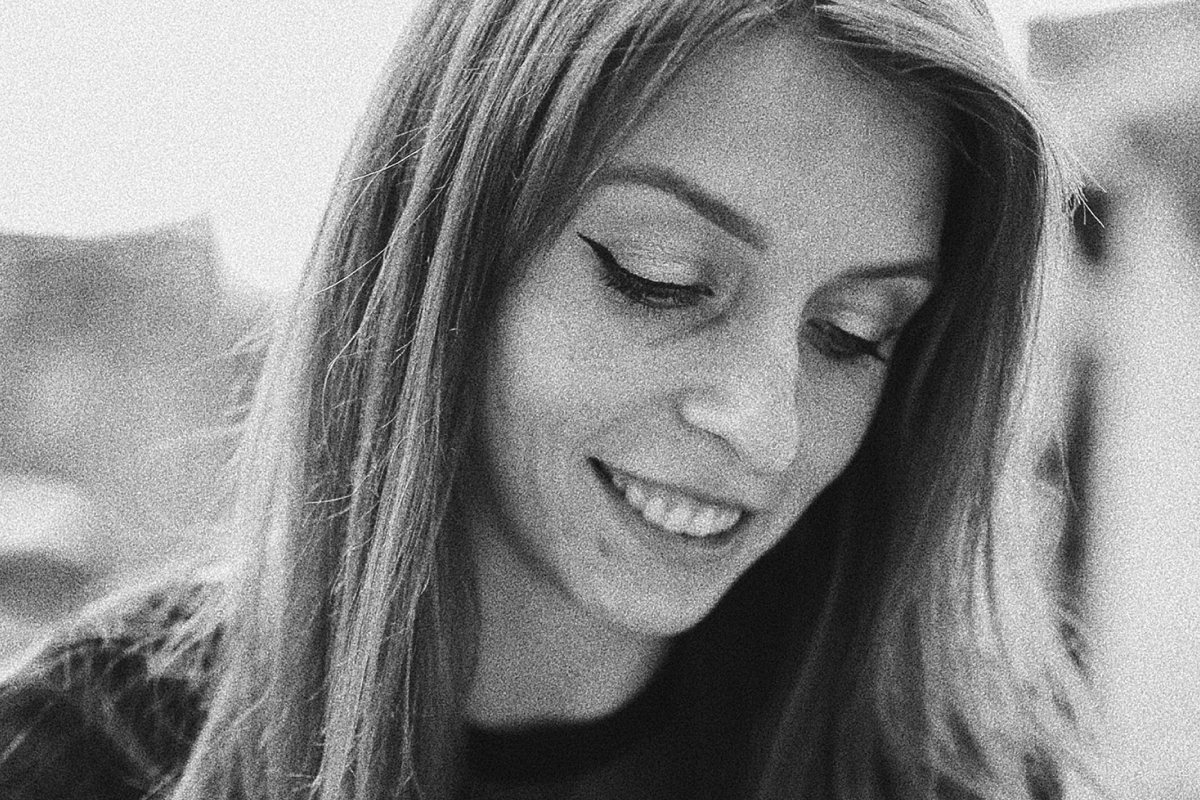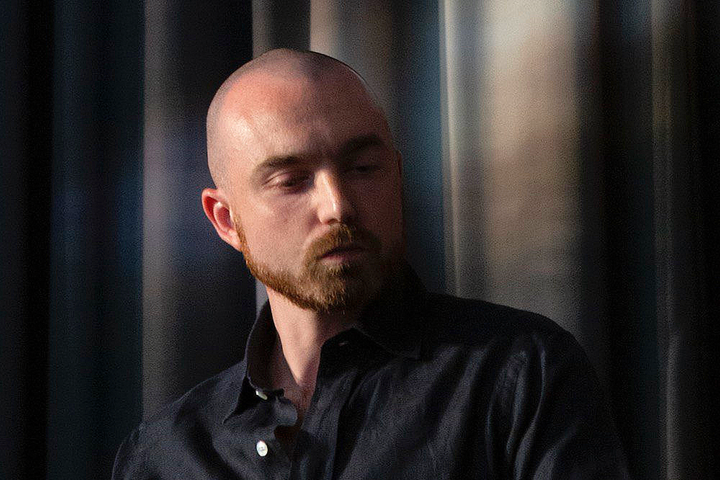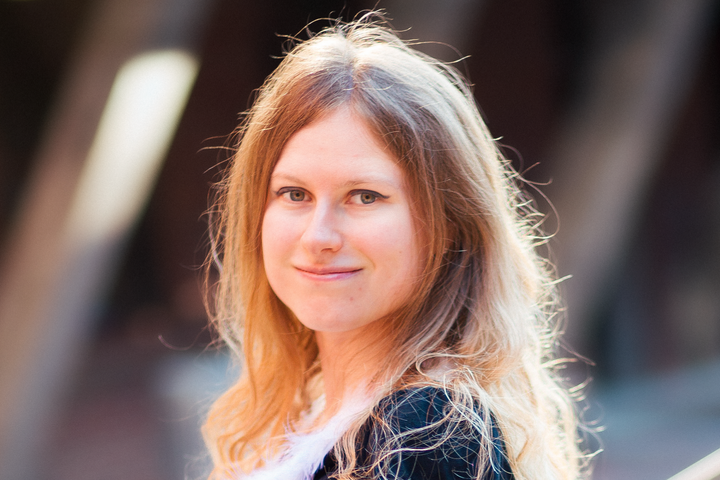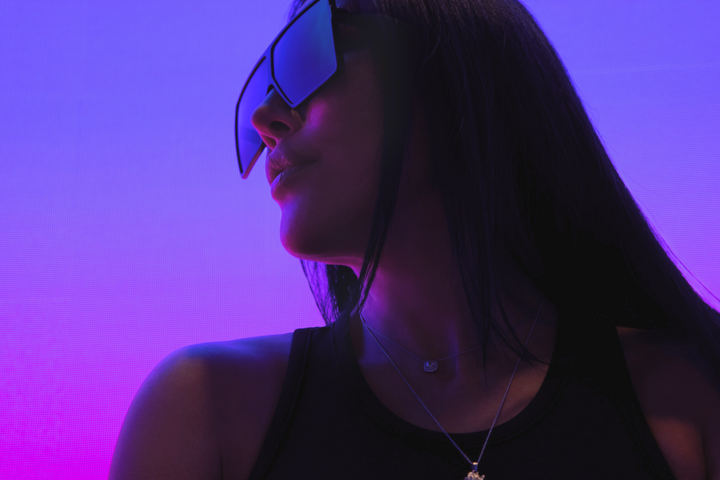Ivona Tau on AI and its Impact on Artist's Life

Dr. Ivona Tau is a generative A.I. artist from Vilnius, Lithuania, who works with neural networks and code as a medium in experimental photography and motion painting. Tau comes from the intersection of arts and technology, with 15 years of combined experience in professional photography and A.I. research. She was awarded the best award in the Digital Arts 2020 contest for art created with AI, the Computer Animation category award in Computer Space International Computer Art Forum 2021, and elected as one of the TOP 10 Women in AI 2022 by the Women in Tech Foundation.
What was your experience in the traditional art world and how did it lead you into generative art?
I started in photography, a field quite different from the digital art and AI space I now navigate. Interestingly, my immersion in creative coding and AI art actually deepened my connection to the traditional art world, even more than my photography work did. Surprisingly, it’s generative art that opened the doors to such places as Art Basel, Sotheby’s, and Christie’s. Creatively, my work remains grounded in similar themes, despite the shift in tools. I continue to examine the world through a unique lens, guided by my memories and personal experiences. I want to challenge the perceived reality and evoke a nostalgic emotion.
How would you describe generative art for newbies?
Think of generative art as a creative process steered by unpredictability and exploration. Instead of crafting a specific piece, as a generative artist, you build a sort of 'creative system’—you lay the groundwork, set the rules, mark the boundaries, and then set the system in motion to create art in its own unique way, producing outcomes that often surprise even the creators themselves.
What does the creative process for generative artists look like?
For me, it all begins with a broad, abstract idea. Then, it's mostly about experimentation—tweaking parameters, pushing boundaries, and trying to 'break' the system to see what it can produce. When you discover something promising, you elaborate on it, setting limits for the algorithm. The key challenge is finding a balance between a restrictive algorithm that outputs similar results and a more explorative one that occasionally veers into the wild side. My recent project, INFINITE | 無限, is a testament to this delicate balance. By doing my first long-form generative AI project, I could influence the general direction of my trained AI model, but not the exact outputs. I also left a lot of space for experimentation which resulted in some crazy shapes and colors.
How do you see the value of generative art for both artists and collectors?
I believe generative art nurtures a personal bond between the artist and the collector. When a new piece emerges from the artist’s algorithm during the minting process, the collector often witnesses its birth - lending to an unmatched, special experience that adds value to the art collecting journey.
What are the most common misconceptions about generative art?
One big misconception is that the computer or AI creates art. Although these are vital tools, they can't function without the artist’s input and vision. The process of writing code is another misunderstood aspect. Unlike writing prose from start to finish, coding is more fragmented—you create pieces, then shuffle them around. It's much less linear than people imagine. Yet another misconception is that generative art lacks human touch or emotion. Some critics argue that because it involves machines and algorithms, it can't possibly convey human feelings or experiences. However, the truth is that generative art can be incredibly expressive and emotive. The emotions and experiences of the artist can be coded into the algorithm, and the end results often reflect the artist's unique perspective and creative spirit.
Finally, there is a mistaken belief that generative art requires advanced coding skills. With libraries like p5.js and coding assistants like ChatGPT or Copilot, it’s way easier to make your first experiments and dabble with code. The result would of course be different from the great masters of generative art, but to draw your first lines it’s not as difficult as many might think.
How do you see generative art develop in the future?
As we become more intertwined with technology, I believe generative art will feel more natural and become more widely accepted. People will gradually start questioning the authorship less.
How can AI help artists in the future? How will AI change the Art market?
AI is already providing artists with a vast range of powerful tools, aiding them in the creation of stunning works. Tools like text-to-image, text-to-video, Adobe Photoshop content fill are altering the way we approach artistic creation, opening doors to new possibilities. However, while these tools simplify the artistic process, they do not dictate what the artist should create—that vision remains uniquely human. AI's role is to enable, to enhance, but the direction and meaning of the artwork still stem from the artist's creative soul. In terms of how AI could impact the Art market, I believe it could democratize the field to some extent. As AI tools become more accessible, more individuals will have the opportunity to create and share their artistic visions.



